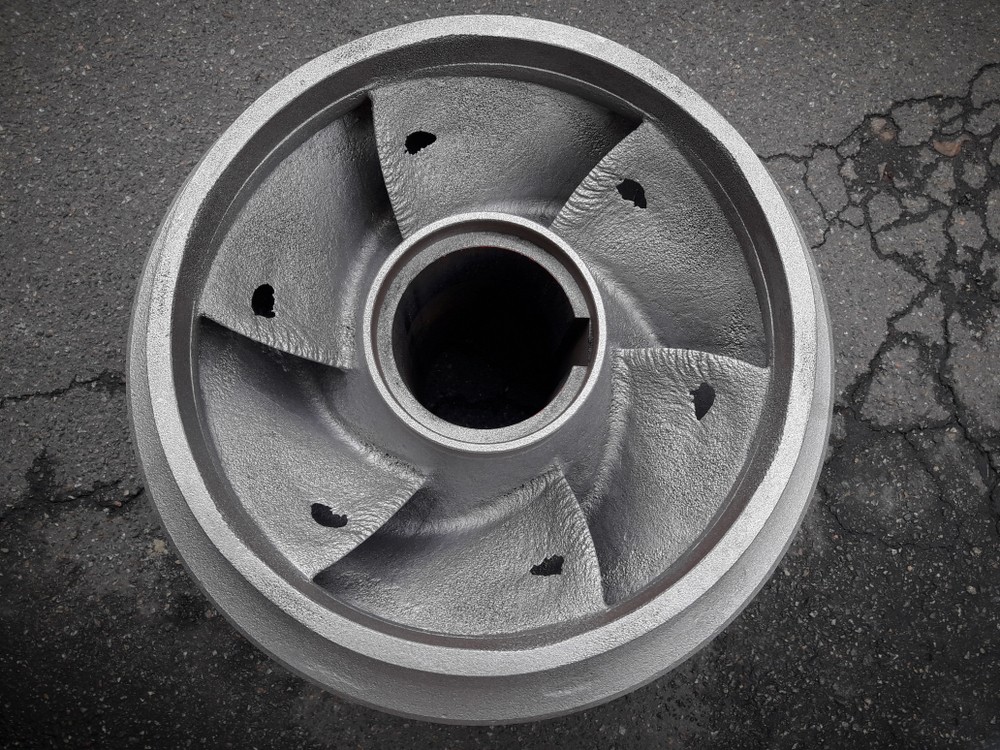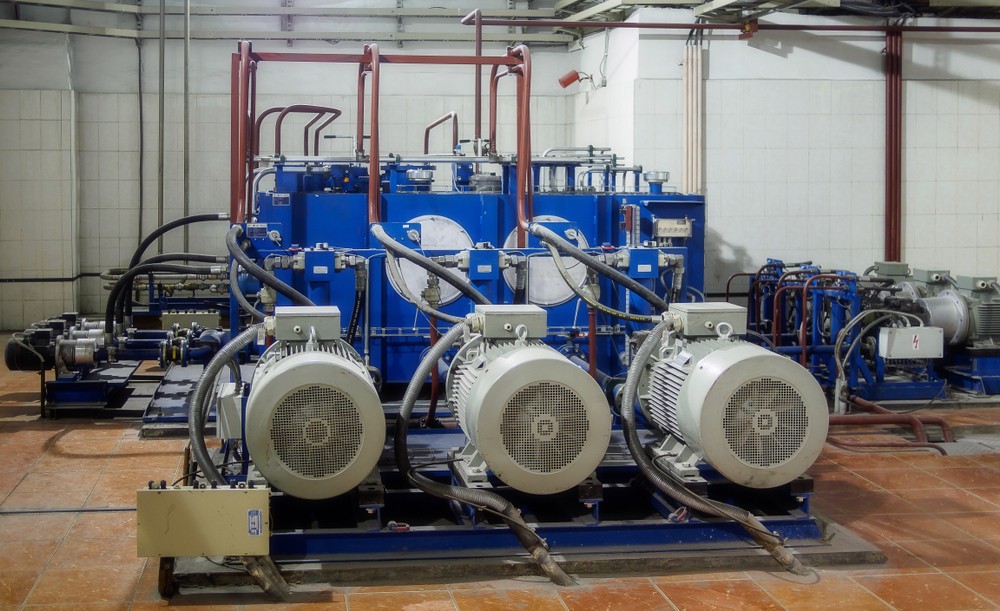Signs of Cavitation in Hydraulic Systems

In the world of manufacturing maintenance, unseen problems are often the most devastating. They can lurk beneath the surface, cause unseen stress, and culminate in major breakdowns and costly repairs. There’s no better example of this than cavitation within a hydraulic system.
Cavitation can go unnoticed for months, or even years, causing stress, wear, and damage to critical hydraulic components. Without intervention, it will eventually cause a breakdown.
But cavitation is detectable, and manageable, if you know the signs.
What is cavitation?
Cavitation occurs when bubbles filled with gas or air form in hydraulic fluid. Implosion of the bubbles causes heat and pressure damage to hydraulic pumps. Several factors can cause bubbles to form, including poor system design, flow restrictions, and high oil viscosity.
While it sounds like a simple problem, cavitation is one of the leading causes of hydraulic pump failure, second only to fluid contamination. Left unchecked, it will cause significant, potentially expensive damage.
Damage caused by cavitation
Cavitation can quickly cause irreparable damage to hydraulic pumps. The collapsing of air and gas bubbles results in excessive heat, which can cause surface damage. Cavitation can even remove metal from surfaces near the bubbles, resulting in surface pitting and erosion. If surface pitting occurs on the pump’s rod, it can cause premature seal wear and hydraulic fluid leaks, leading to reduced performance.
Other major problems caused by cavitation include a reduction in fluid quality and lack of lubrication. The excessive heat caused by cavitation reduces the viscosity of hydraulic fluid, which will impair performance and increase the potential of a breakdown. Low lubrication, caused by the bubbles themselves, increases friction and leads to excessive wear and tear on machinery parts.

Warning signs of cavitation
The best way to prevent or minimize damage from cavitation is to catch it early. Cavitation can manifest in many ways and is likely present if your hydraulic pump shows one or more of these warning signs:
- Temperature and pressure changes. It’s important to routinely check these levels on hydraulic pumps.
- Metallic debris. Check for flaking during routine physical inspections of hydraulic pumps.
- Loud noises. Cavitation often causes a hydraulic pump to produce rattling or whining sounds. It may also sound like rocks or marbles passing through the pump.
Other common signs of cavitation include reduced head suction and impeller wear. When it comes to impeller wear, you may notice damaged metal surfaces or decreased performance.
Prevent cavitation at all costs
Cavitation is insidious. It can bring down a critical hydraulic system in devastating fashion, and require extensive, costly repairs. Identify signs of cavitation early and remedy them before they can cause irreparable damage. Keep an eye out for the signs and symptoms, and take action to protect your hydraulic systems from failures caused by cavitation.